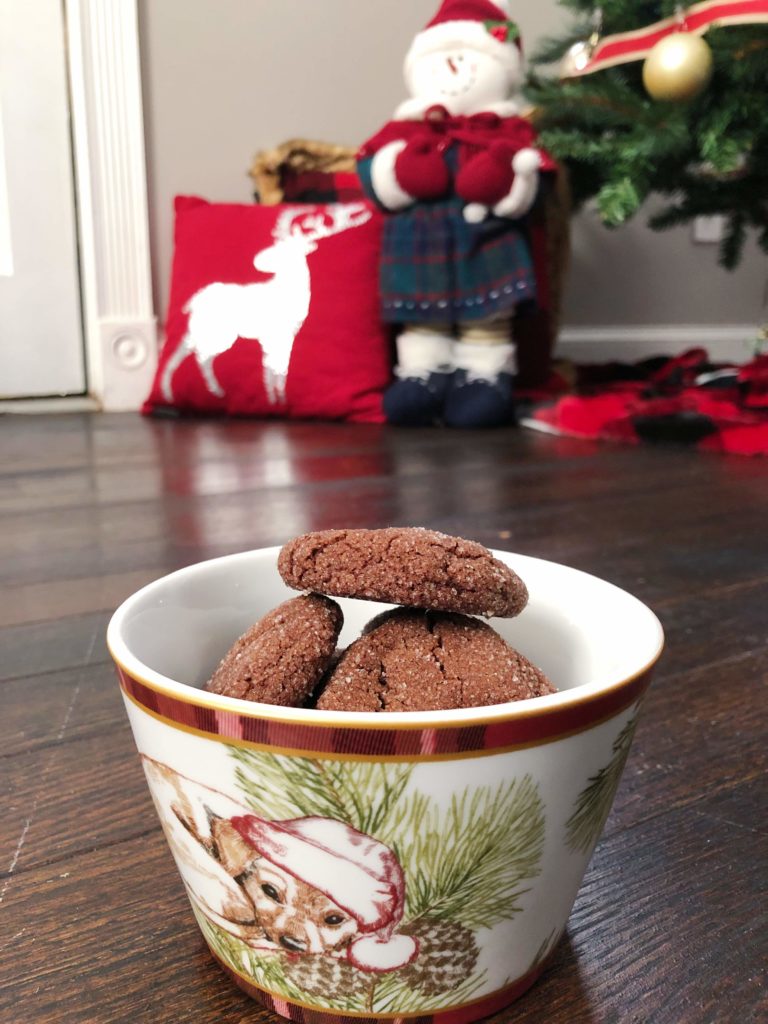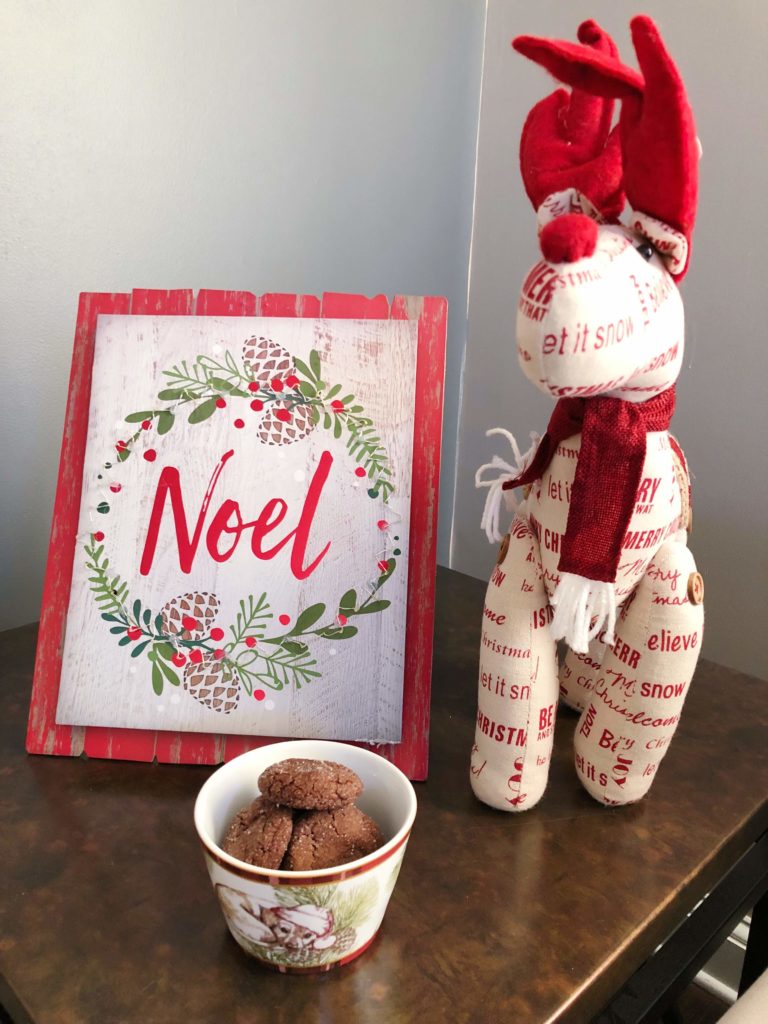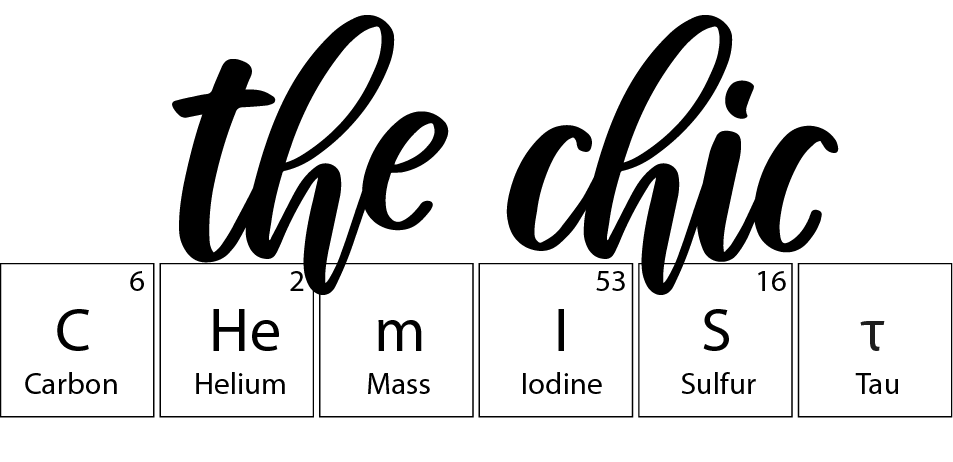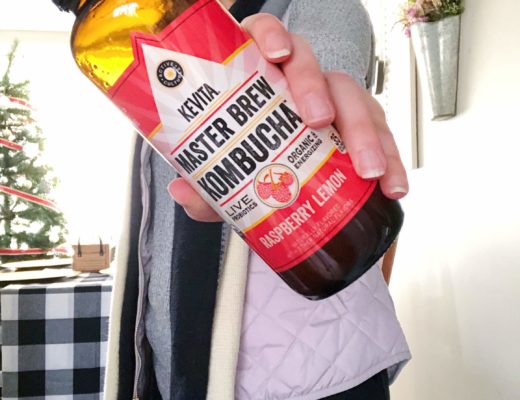Hi friends!! It is officially holiday break and I could not be any more excited! I plan on relaxing everyday and watching lots of Netflix!! Then preparing for our New Year’s Eve party!! I hope you get to spend the holidays surrounded by the people you care about most!
In the spirit of the holidays, this week’s #ScienceSunday is all about COOKIES!! Let’s just say this time of the year is my absolute favorite because I am basically a cookie monster lol! If someone says cookie I come running! This past Friday, for the last day of work before our holiday break, I set up a cookie exchange!! Everyone who wanted to participate just needed to bring 36 cookies which is enough for each person in our department to have 2 cookies!! It was so fun and everyone who participated put so much effort into their cookies and I was very appreciative! While making my super special chocolate crackle cookies, I just kept thinking this is basically what I do at work except with food!! Mixing the dry with the liquid is similar to mixing oil phases with water phases!!!

So what makes a cookie a cookie? And if you mix up the ingredients what happens?? What is the science behind making cookies!!! Let’s see!!
Flour
There are so many types of flour but the main ones you usually see with baking cookies is all purpose bleached, all purpose unbleached, and whole wheat. Fun #science fact: the bleaching of flour changes the protein structure meaning less gluten gets formed! Flour can change the texture of a cookie based on the ratio of dry ingredients (including the flour) and the wet ingredients (eggs, vanilla extract, etc.). If you have a higher flour content, the cookie will be more crumbly or crisp. With a lower flour content, the cookies will be chewy or similar to cake. And when you have an amount just in the middle, you get cookies that are a mix of both!
Sugar
My favorite ingredient of all is SUGAR!! (a little tidbit about me…when I was little we had a sugar bowl and when no one was looking I would take a spoon and eat a spoonful of sugar! Sounds so gross now but I felt sneaky as a kid, sorry ma!) Obviously sugar helps to sweeten but it also helps the cookie to spread while baking by dissolving. You can use normal cane sugar that is granulated, light brown or dark brown sugar. The only difference is how much moisture gets added to the cookie that makes them more chewy if you use light brown and dark brown sugar!
Eggs
Eggs add protein and moisture to a cookie. So pretty much you can substitute your turkey meat for cookies (I’m kidding, if only)! The liquid from the eggs helps in binding with the flour to make the cookie chewy! I think it’s the most fun part of making cookies but do not forget to wash your hands after!
Fats (Butter, Oil, Etc.)
The main purpose of any type of fat is to make cookies tender and gives them a large portion of their flavor! You could use butter or margarine in a cookie dough. Butter makes a thinner cookie while margarine makes a more spreadable cookie. I recently tried using Irish butter with my chocolate crack cookies which has a higher fat content and I could tell that the cookies were slightly more crumbley than usual but they were still AMAZING….not to toot my own horn or anything lol.
Leaveners
The real science agents in baking are baking soda and baking powder. Baking soda is sodium bicarbonate and used as a rising agent and a browning agent. It stops the acidic portions of the dough from preventing the browning. The acidic ingredients are the butter, vanilla extract, or certain sugars. Baking powder is baking soda (sodium bicarbonate) plus some type of acidic agent that is used for changing the texture from crispy and crumbley to cakey and light. Carbon dioxide gas is released from the neutralization reactions in the oven from the baking powder that makes the cookies look puffed up.
Salt
A tiny amount of salt is used in a cookie dough batter because it helps to enhance the primary flavors. I found this out with chocolate flavored anything! With a pinch of salt you can taste chocolate even more!! It also helps to bind the proteins in the dough even more keeping a tight dough for baking.
The process of mixing, baking time, temperature, cooling rate, and many others can change the cookie after its combined. But with the right ratio of ingredients you can have a perfect cookie!
I hope you take some of the science behind cookie making and develop your own crowd pleasing recipes!! It’s the holidays, go enjoy them with friends and families!!! Send me your favorite cookie recipes when you can!!!!

HAPPY HOLIDAYS!!
XOX,
Z




